2019-04-23
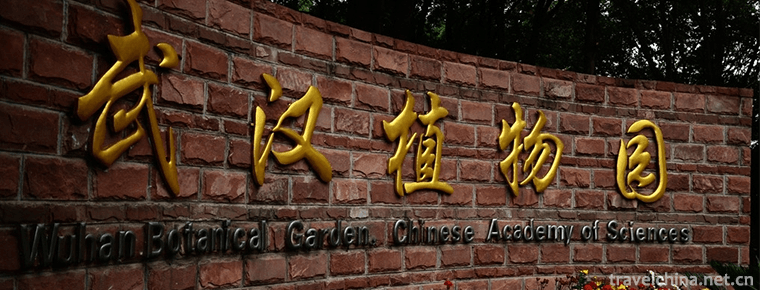
- By ChinaWiki.net
- Chinese Edition
- 2018-12-22
Wuhan Botanical Garden of the Chinese Academy of Sciences is located in Wuchang District, Wuhan City, Hubei Province, China. It is a comprehensive scientific research institution integrating scientific research, species conservation and popular science education. It is one of the three core scientific botanical gardens in China, and it is also a national AAAA-level tourist attraction.
The Wuhan Botanical Garden of the Chinese Academy of Sciences was established in 1956 and was established in November 1958. It was renamed the Institute of Botany of Hubei Province in 1972, the Wuhan Botanical Research Institute of the Chinese Academy of Sciences in 1978 and the Wuhan Botanical Garden of the Chinese Academy of Sciences in 2003. In December 2017, it was selected as the first batch of practical education bases and camps for primary and secondary school students in China by the Ministry of Education.
Historical evolution
On September 13, 1956, the Preparatory Committee of Wuhan Botanical Garden was established. There were 14 members of the Preparatory Committee. Director: Zhang Wencai, Deputy Director: Wanliuyi, Sun Xiangzhong and Executive Director: Liu Wenhua.
On October 30, 1956, the Wuhan City Planning Commission approved the acquisition of land in Moshan District by the Wuhan Botanical Garden in document 1098.
On November 12, 1956, the Preparatory Committee of Wuhan Botanical Garden accepted the Moshan Botanical Garden of East Lake, and the Preparatory Office of the Botanical Garden established the Moshan Botanical Garden of East Lake.
In January 1958, Professor Chen Fenghuai came to Wuhan Botanical Garden from Zhongshan Botanical Garden in Nanjing as director.
On November 11, 1958, the twelve executive meetings of the Chinese Academy of Sciences approved that the Preparatory Committee of the Wuhan Botanical Garden was named the Wuhan Botanical Garden of the Chinese Academy of Sciences.
On July 22, 1963, Chinese Academy of Sciences, Zhongnan Branch (63), Chinese Academy of Sciences, No. 029, renamed Wuhan Botanical Garden as Wuhan Botanical Garden of South China Botanical Institute, Chinese Academy of Sciences.
On July 1, 1972, the Wuhan Value Garden was renamed the Hubei Institute of Botany, which belongs to the leadership of Hubei Province.
On June 22, 1978, the Chinese Academy of Sciences issued No. 78, 0896. The Hubei Institute of Botany returned to the Chinese Academy of Sciences and named it the Wuhan Botanical Garden of the Chinese Academy of Sciences. It is under the dual leadership of the Chinese Academy of Sciences and the Hubei Province, with the Chinese Academy of Sciences as the main body and belongs to the local division level units.
On December 18, 1978, the Chinese Academy of Sciences issued No. 78 2021, which was renamed the Wuhan Institute of Botany of the Chinese Academy of Sciences, and the Botanical Garden was affiliated to the Wuhan Institute of Botany.
In November 2002, it was awarded "National AAAA Tourist Scenic Spot".
On October 16, 2003, the Wuhan Institute of Botany of the Chinese Academy of Sciences was renamed the Wuhan Botanical Garden of the Chinese Academy of Sciences, according to article 287 of the Chinese Academy of Sciences.
On June 13, 2005, the Wuhan Botanical Garden of the Chinese Academy of Sciences was named "National Youth Advanced Science World Science and Technology Demonstration Base" by the Central Academy of Sciences of the League and the National Committee of Young Workers.
On October 31, 2005, the park was designated as the national popular science education base for wildlife protection by China Wildlife Conservation Association.
geographical environment
Location context
The Wuhan Botanical Garden of the Chinese Academy of Sciences is located in Wuchang District, Wuhan City, Hubei Province, China. It covers an area of 70 hectares along the East Lake and the south foot of Moshan Mountain. It has a longitude of 14 degrees 24', latitude of 30 degrees 33', and elevation of 19-35 M.
Climate condition
Wuhan Botanical Garden of the Chinese Academy of Sciences is located in Hubei Province, China. It has a typical subtropical monsoon humid climate with abundant solar energy, abundant heat, long frost-free period, abundant precipitation and hot and rainy season. The average annual temperature of the botanical garden is 16.3 C, the average monthly temperature in January is 3.7 C, the average monthly temperature in July is 28.8 C, the extreme low temperature is - 18.1 C (Jan. 1977), the extreme high temperature is 41.3 C (Jul. 1934), and the average annual rainfall is 1282 mm.
Practical information
Ticket prices
Basic tickets
Full fare: 40 yuan per person
Half-price ticket: 20 yuan per person, enjoy this preferential condition: students (excluding graduate students, non-uniform enrollment, adult education) with their student ID, the elderly over 60 years old and under 70 years old with their old age certificate or identity card.
Ticket-free admission, enjoy this preferential conditions: children under 1.2 meters (accompanied by parents); elderly people over 70 years old with their old age certificate or identity card; disabled people with disability certificate; active servicemen with military officer's certificate, sergeant's certificate or soldier's certificate; journalists with the press card issued by the National News Administration; tour guides with the group certificate issued by the National Tourism Administration.
II. Membership Card
Single Bank Annual Card: 98 yuan, for all the people who buy full fare tickets. After buying membership card tickets, I take photos on the spot. I hold the annual card, and can enjoy unlimited number of times a year to enter the park.
Single Bank (Preferential) Annual Card: 58 yuan, for all licensed college students (excluding graduate students) and 60-69 year-olds, after purchasing membership card tickets, the scene photo processing, I hold the annual card, can enjoy an unlimited number of times a year to enter the park.
Couple's annual card: 168 yuan, deal with the target couple (a man and a woman), buy membership card tickets and take photos on the spot, I hold the annual card, can enjoy unlimited number of times a year to enter the park.
Family Annual Card: 198 yuan, for families, couples or couples with a child younger than 16 years old, buy family membership tickets and take photos on the spot. With the annual card, all three people can enjoy unlimited access to the park within one year.
Open hours
Summer saving time: (1 May to 7 October)
Ticket office hours: 8:00-17:30
Opening time of landscape greenhouse: 8:00-17:30
Winter season: (8 October to 30 April next year)
Ticket office hours: 8:00-17:00
Opening time of landscape greenhouse: 8:00-17:00
Traffic routes
Bus Information: 401, 402, 403, 643, 625 buses are available.
In January 2011, Wuhan Museum was approved to set up "wetland ecological restoration and scientific management technology innovation base of energy-saving and environmental protection industry in Hubei Province".

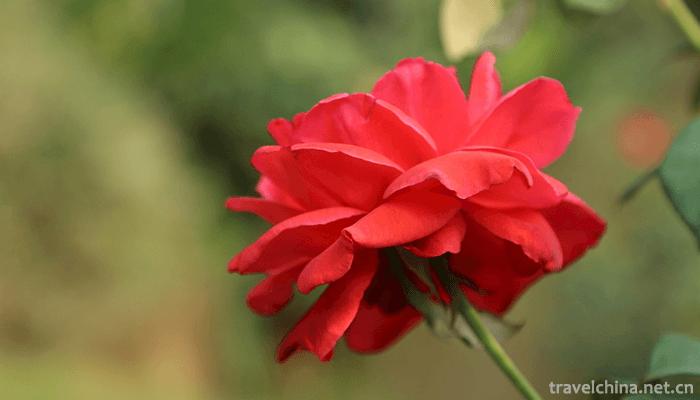
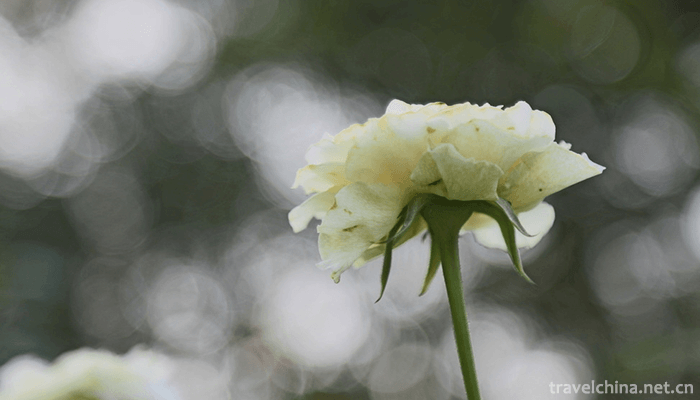
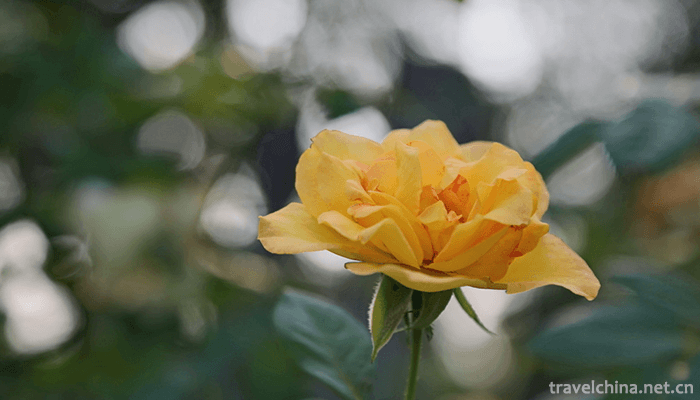
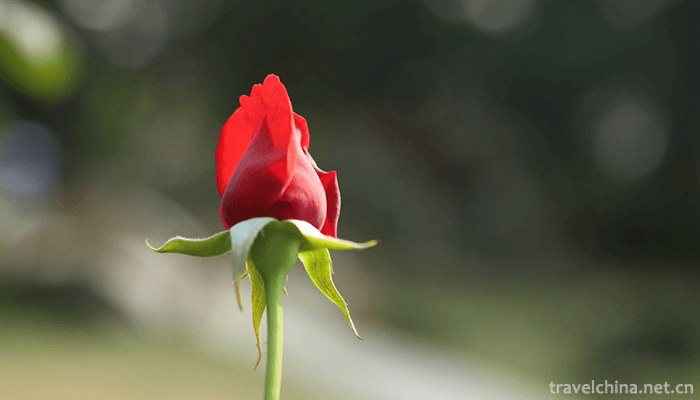
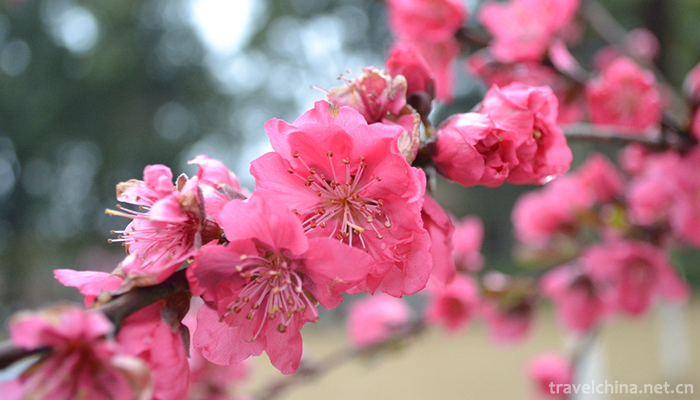
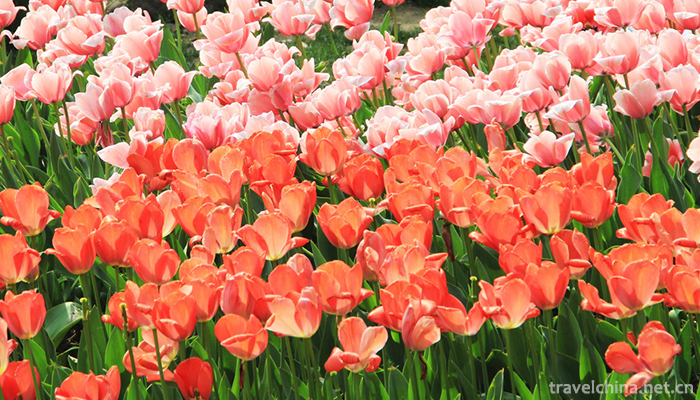
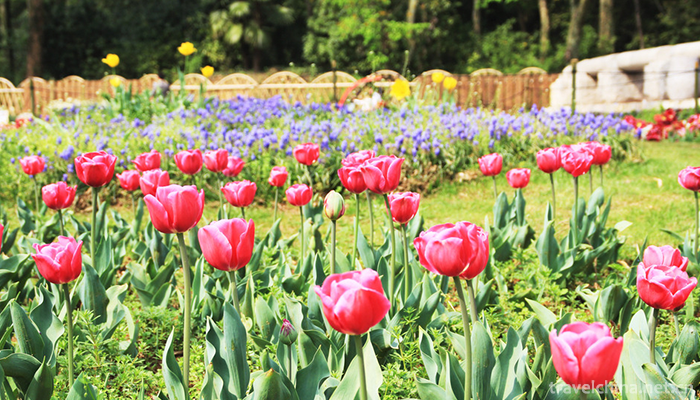
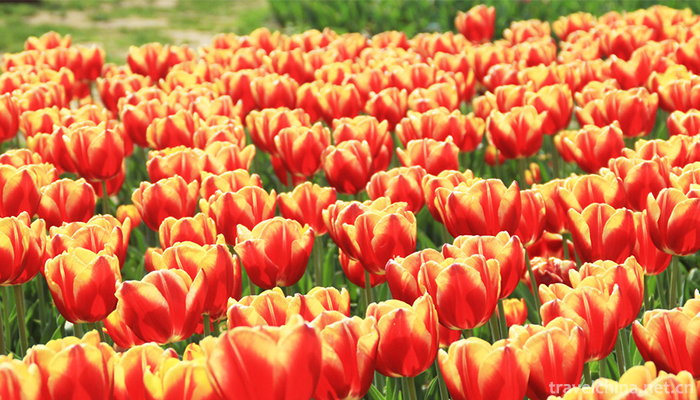
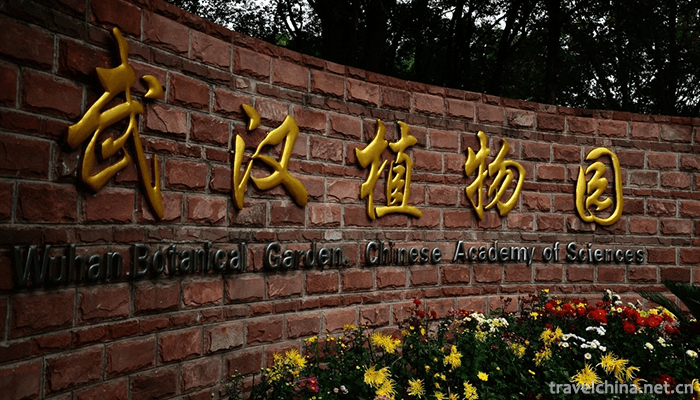
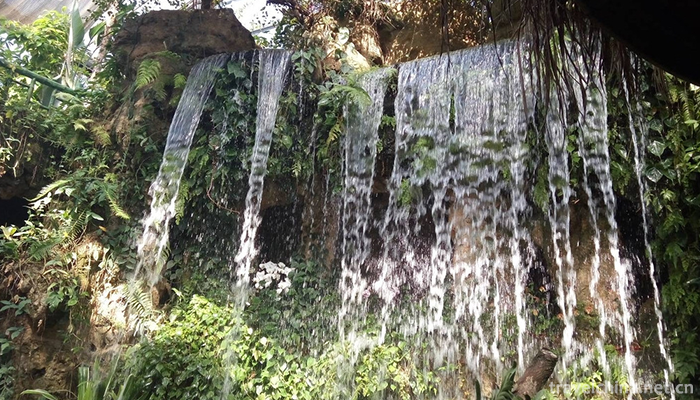
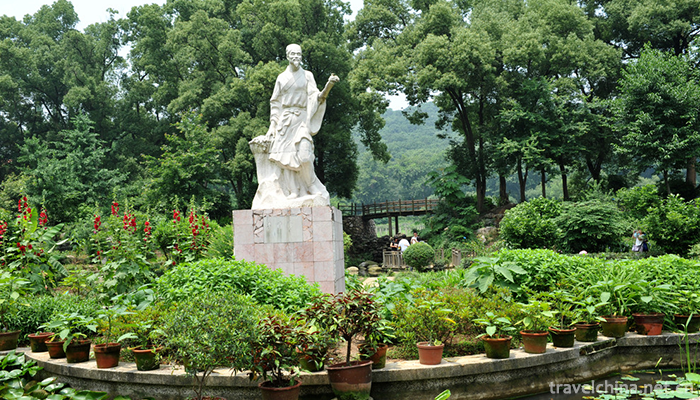
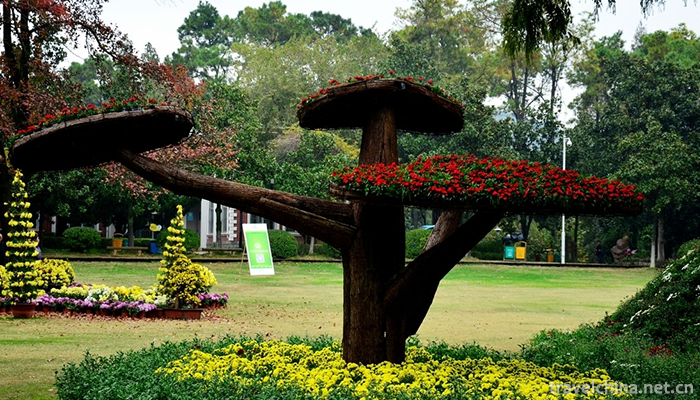
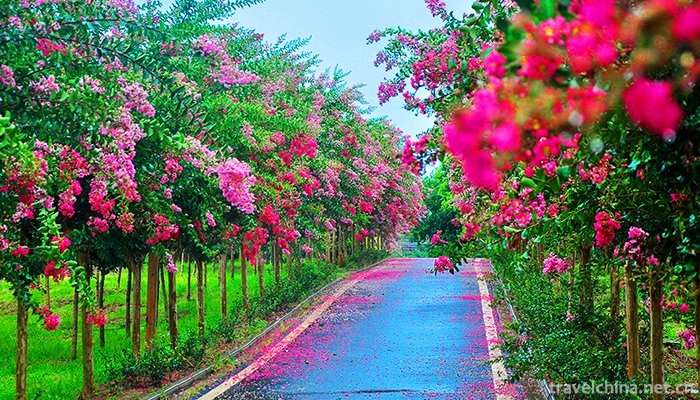
Ask a Question
Your email address will not be published.
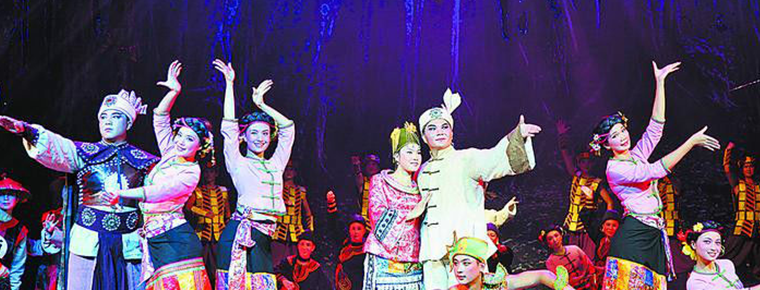
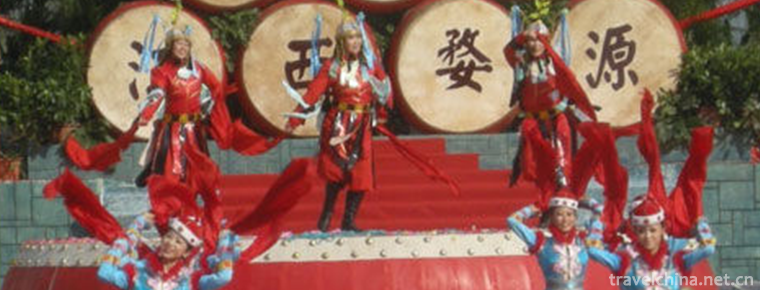

0 Questions